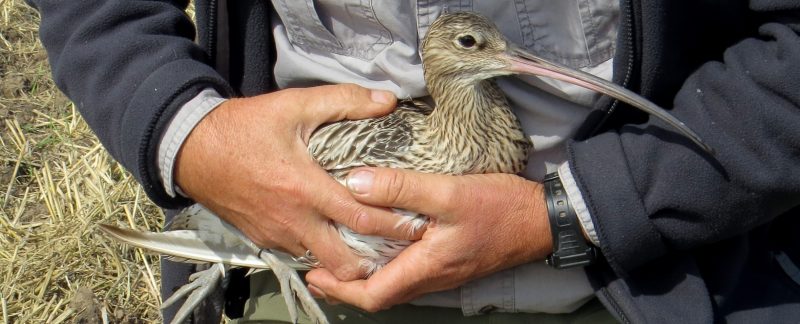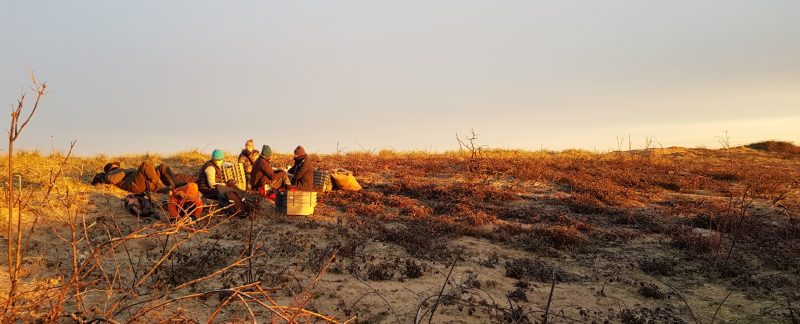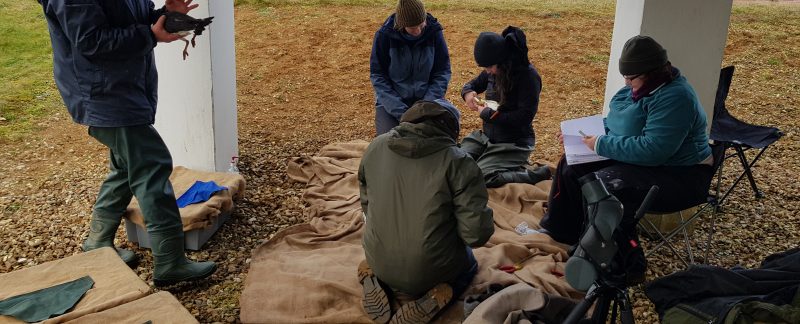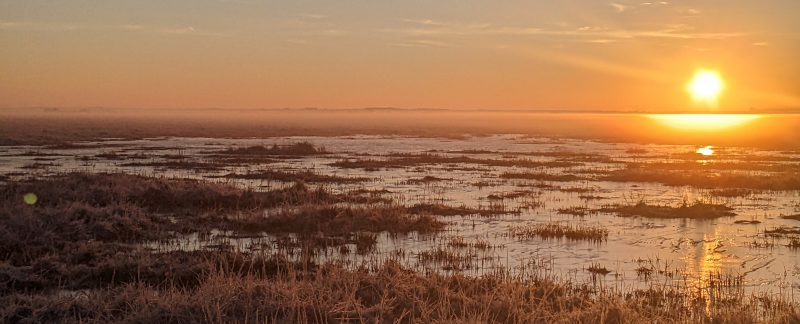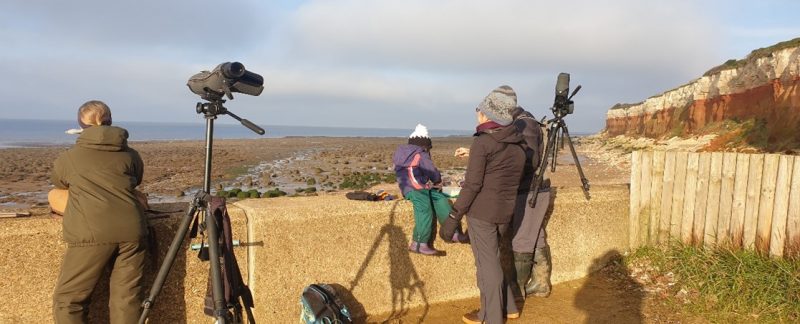Curlew are declining so alarmingly that they are now ‘Red-Listed’ as birds of conservation concern. The Wash is one of the two main UK sites for both passage and wintering Eurasian Curlew (the other being Morecambe Bay – WeBS data). Autumn passage birds use the intertidal mudflats to feed on polychaete worms, shellfish and Green Crabs. Some birds will move on to smaller sites around the Norfolk coast, the southwest of England, and northwest France. Here they will spend the winter before returning to their breeding grounds. The majority of Curlew using the Wash breed in Finland and Sweden, a migratory journey of over 1,000 miles. There is more background information on our Curlew page.
Continue Reading →